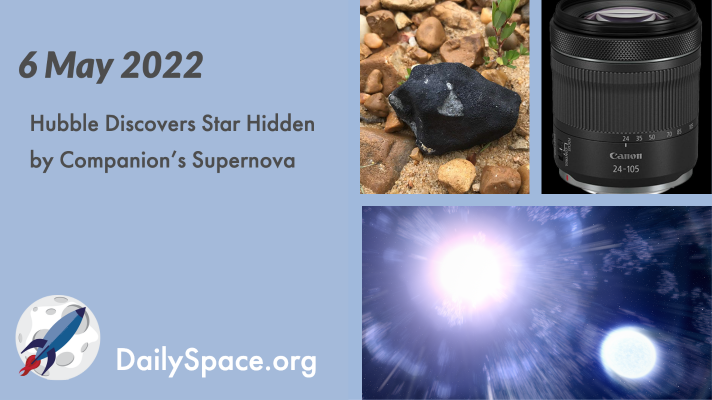
May 9, 2022 | Asteroids, Crewed Space, Daily Space, Exoplanets, Moon, Review, SpaceX, Stars, Supernovae, Titan
Data from the Hubble Space Telescope has determined that the newly discovered companion of a star that went supernova had its outer hydrogen layer siphoned off before the explosion. The results support the theory that massive stars generally form and evolve as binary systems. Plus, rocks from space, Crew-4 comes home, searching for life beyond Earth, and another Canon lens review.
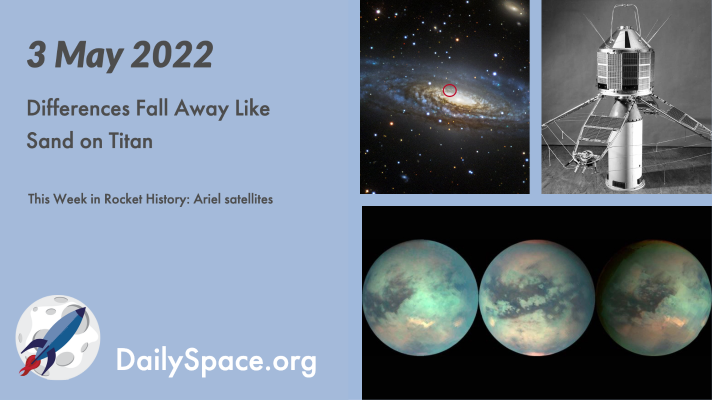
May 4, 2022 | Daily Space, Jupiter, Mars, Rocket Lab, Rockets, ROSCOSMOS, Space China, Space History, Spacecraft, SpaceX, Starlink, Supernovae, The Sun, Titan
Using spherical grains called ooids, found on Earth in shallow, tropical waters, scientists have found a possible mechanism for the formation of hydrocarbon sand on Titan. Plus, rocket launches, Jupiter and Mars, space explosions, and this week in rocket history, we look back at Britain’s Ariel satellite program.
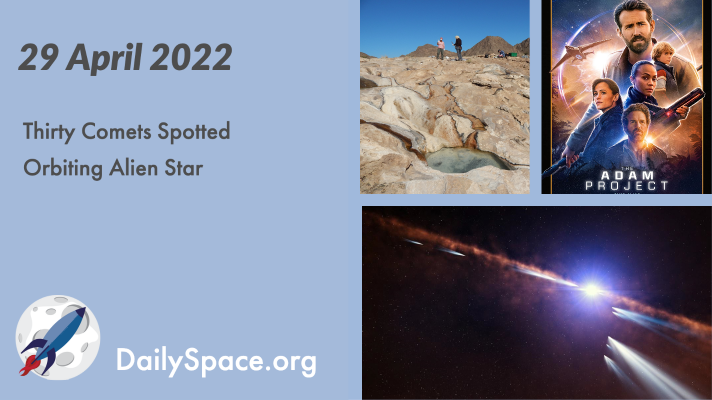
May 2, 2022 | Asteroids, Astrobiology, Comets, Daily Space, Earth, Exoplanets, JWST, Moon, Our Solar System, Review, Rockets, Space China
Using data from TESS, a new paper presents evidence for the discovery of thirty potential comets orbiting in the Beta Pictoris system. Plus, astrobiology research, water on the Moon, solar system formation, and a review of “The Adam Project” starring Ryan Reynolds.
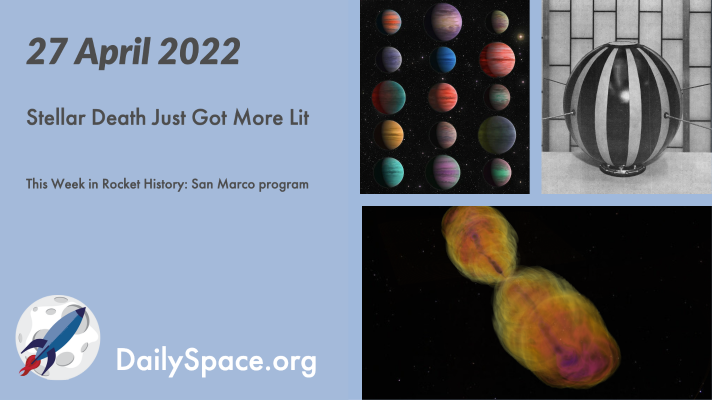
Apr 28, 2022 | Crewed Space, Curiosity, Daily Space, Exoplanets, Jupiter, KBOs, Mars, Moon, Random Space Fact, Rockets, Space History, Spacecraft, SpaceX, Stars, Supernovae
Remember that new object, COW, named for a strange supernova? We’ve seen four more of these Fast Blue Optical Transits, and new research may even have figured out just how and why they occur. Plus, Crew-4 launches, a bunch of planetary science news, micronovae, and this week in rocket history, we look back at the San Marco program.
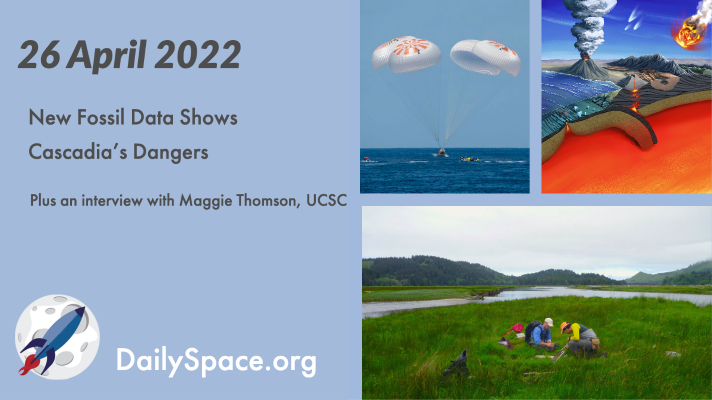
Apr 27, 2022 | Asteroids, Astrobiology, Climate Change, Crewed Space, Daily Space, Earth, Guest Interview, Lucy, Mars, OSIRIS-REx, Rockets, Space China, Spacecraft, SpaceX, Starlink
An analysis of sediment core samples taken at the Salmon River Estuary in Oregon provides evidence that the massive 1700 Cascadia earthquake caused 15 meters of slip along the shoreline, which lead to over a meter of coastal subsidence. Plus, all the rocket launches, a few mission updates, making Mars bricks with urea, and an interview with Maggie Thompson from UC Santa Cruz about using methane as a biosignature.
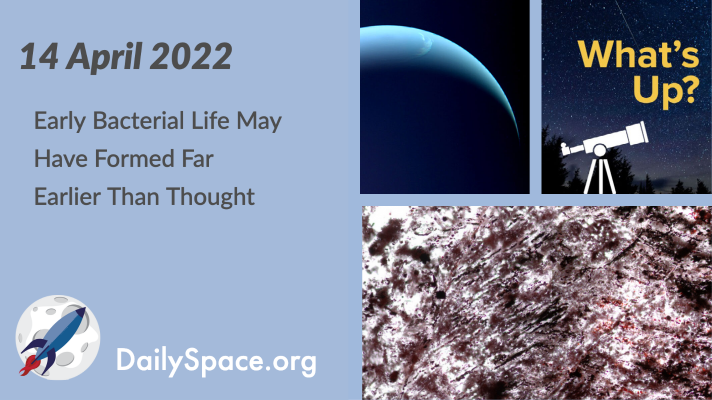
Apr 15, 2022 | Asteroids, Astrobiology, Comets, Crewed Space, Daily Space, Earth, Galaxies, JWST, Lucy, Mars, Mercury, Moon, Neptune, Saturn, Sky Watching, Stars, Supermassive Black Holes, Venus
An analysis of microscopic features in rocks from the Nuvvuagittuq Supracrustal Belt in Quebec, Canada, which date back between 3.75 and 4.28 billion years, finds evidence of possible microbial life. Plus, a supermassive black hole precursor, temperatures on Neptune, check-ins with various spacecraft, and our weekly What’s Up segment.








 We record most shows live, on Twitch. Follow us today to get alerts when we go live.
We record most shows live, on Twitch. Follow us today to get alerts when we go live.